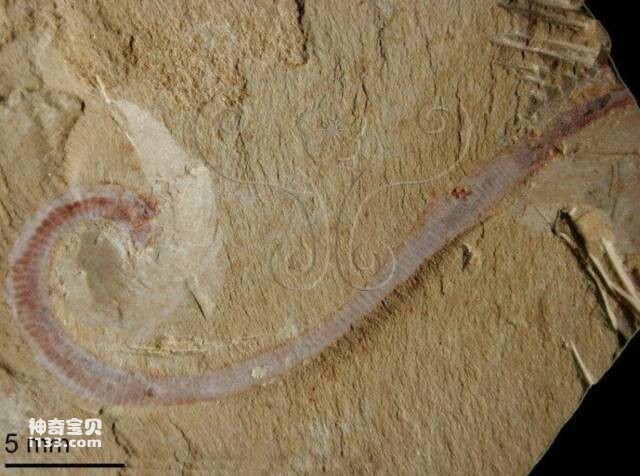More than 300 years ago in the 18th century, the systematic classification of biology was still very imperfect. Lin Nai, a famous taxonomist at that time, collectively called those "bugs" with roughly elongated bodies, lack of exoskeleton, and movement that relied on skin muscle contraction and body fluid pressure to wriggle.
In fact, the so-called helminths are a collective name for many primitive animals that just had a three-blastoderm body structure, and it includes many complex groups. The so-called three germ layers are based on the body structure of animals with only two germ layers, inner and outer germ layers, such as corals or sponges, and the mesoderm is formed between the endoderm and the ectoderm.
In addition to the production of mesoderm, all worms also have some other common characteristics, such as symmetry on both sides of the body, body segmentation, and the formation of rudimentary appendages-wart feet, etc.
Based on the formation of a body cavity, scientists first divide worms into three categories: no body cavity, false body cavity and true body cavity. Among them, acoelomate helminths include two major categories: Platyhelminthes and Nemertata, and pseudocoelomate helminths include Nematoda, Nematodes, Rotifera, Gastrochaetes, Kinorhynchids and Echinoderma. The phylum Cephalozoa, while the eucoelomate helminths include the Phylum Asterozoa, Phylum Asteroda, Phylum Branchiozoa and Phylum Annelida.
The preserved fossils of acoelomic helminths and pseudocoelomic helminths are very rare, with only some parasitic fossils and impression fossils.

Captianshan worm
There are also very few remains of true coelomic worms, but their jaws (teeth) and trace fossils are relatively abundant. In the 1990s, Chinese scientists discovered a large number of Cambrian paleontological fossils in the Chengjiang area of Yunnan Province, known as the "Chengjiang Fauna". Among them were fossils of worms belonging to the phylum Branchiozoa, such as Captianshanensis, Ringed worms and ancient worms, etc. These ancient creatures that lurked in the mud and sand of ancient oceans more than 500 million years ago provide scientists with rare clues for studying the early animal evolution of the Earth and the early ecological environment of the Earth.
animal tags: worm
We created this article in conjunction with AI technology, then made sure it was fact-checked and edited by a Animals Top editor.